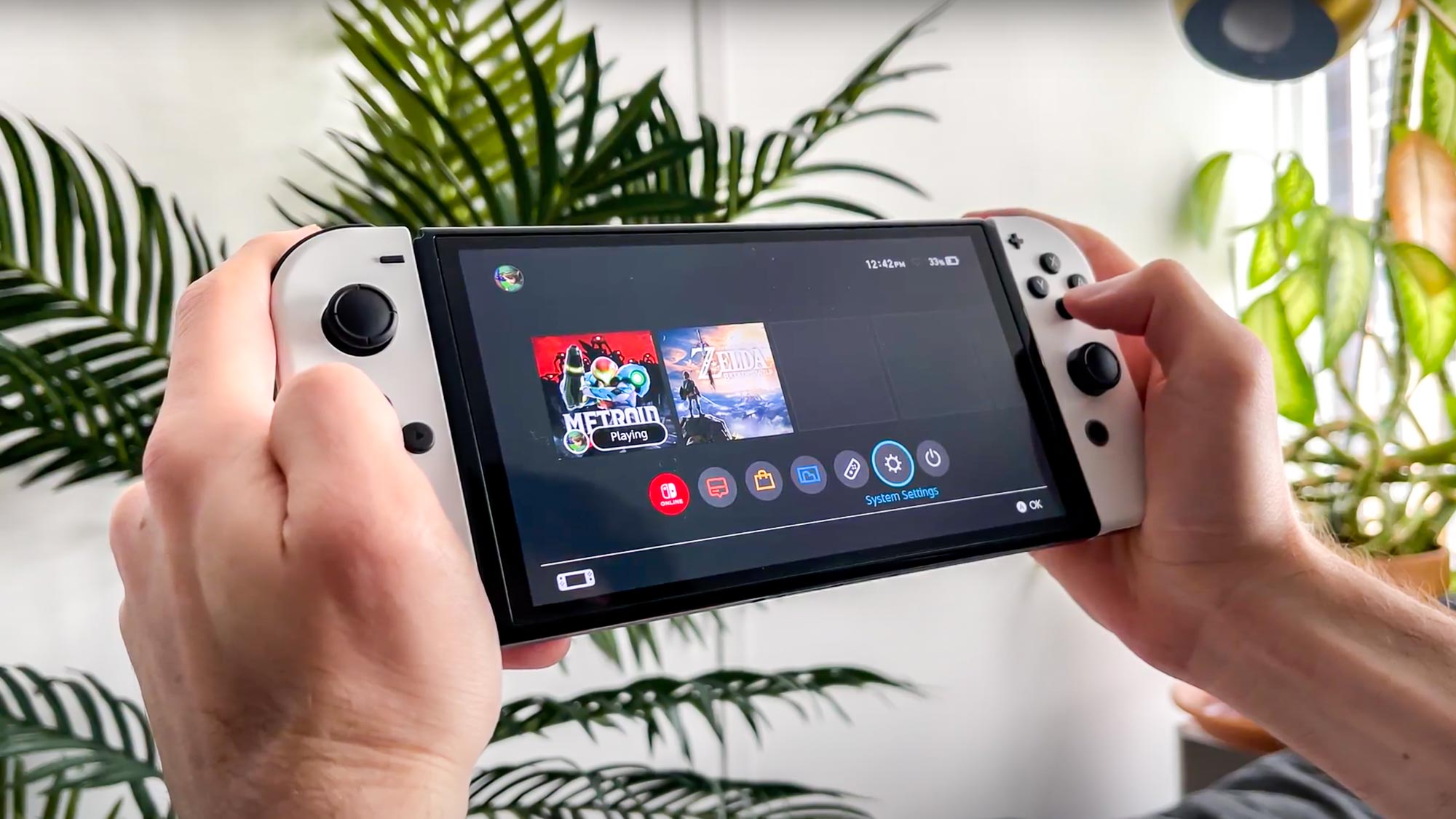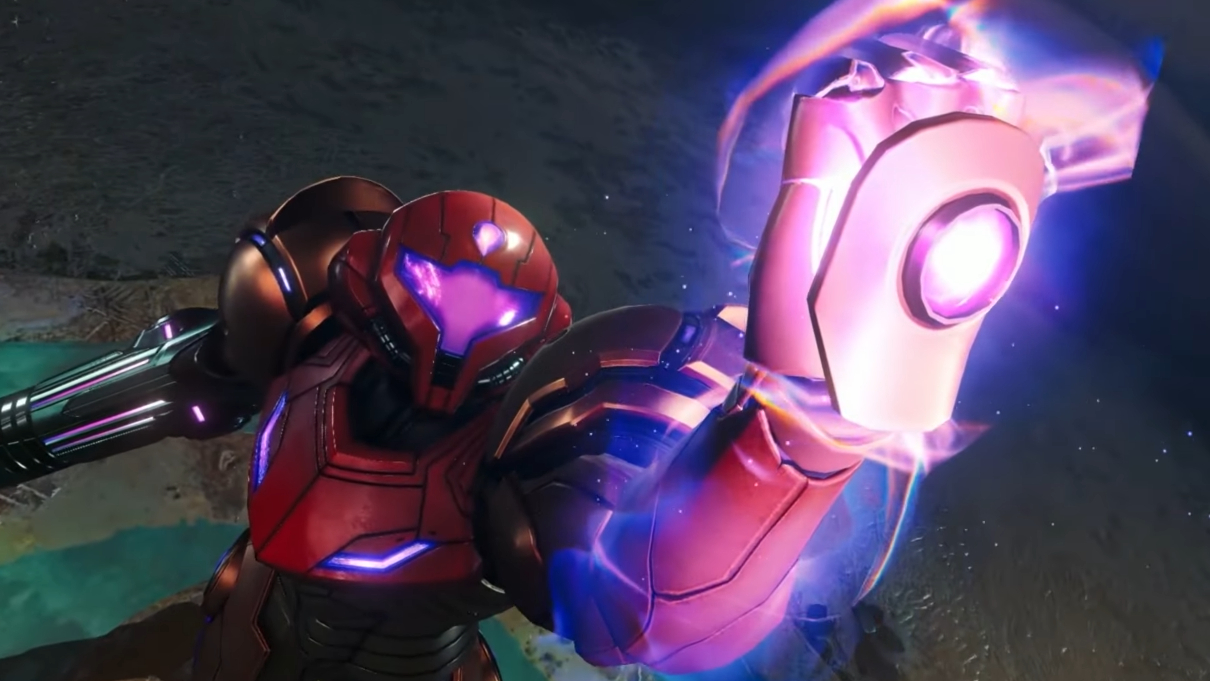Nintendo Switch OLED gets burn-in test for 1,800 hours — here's what happened
Thanks to this YouTuber, Switch OLED owners can rest easy

The Nintendo Switch OLED is an excellent handheld gaming console, combining Nintendo’s robust game library with an even larger and more vibrant screen. Of course, OLED screens have a few drawbacks, compared to standard LCD models. They’re more expensive, for one thing. They’re tough to manufacture. And, of course, their screens are sometimes prone to burn-in. Switch OLED owners can rest easy on the last count, however — unless you plan to stay on a single screen for more than 11 weeks at a time.
These findings come courtesy of Bob Wulff, a YouTuber who has a tech channel called Wulff Den. One of his most recent videos, “I left my OLED Nintendo Switch on for 1,800 hours straight” tells an encouraging story. Wanting to test whether Nintendo’s new handheld was susceptible to burn-in, he engineered an experiment to test the device firsthand. To make a long story short, burn-in is not a concern.
To test the Switch OLED, Wulff took a colorful screenshot from The Legend of Zelda: Breath of the Wild, then rigged his Switch to stay on, at full screen brightness, indefinitely. He accomplished this with a third-party Hori controller that offered automatic button-pressing functionality, as the Switch will automatically turn off the screen if a user doesn’t press a button every now and then. He also kept the device plugged in, as a Switch OLED battery will last between five and nine hours on a single charge otherwise.
All told, Wulff left the device hooked up for 1,800 hours — more than 10 weeks. After he picked up the Switch again, he checked the screen for signs of burn-in, and compared the color accuracy against other Switch consoles. As far as he could tell, the Switch OLED suffered no ill effects from its prolonged Zelda display. This should help OLED skeptics rest easy, he argued.
It’s important to remember that burn-in is even less of a concern if you don’t rig up a system to keep your Switch up and running indefinitely. The screen turns off after a few minutes of inactivity, and the battery itself will peter out after a few hours of running the screen on full blast. (We tested the Switch OLED battery life extensively ourselves, if you want to see how that played out.) Furthermore, you don’t have to worry about potential differences between screen manufacturers, as every Switch OLED display comes from Samsung.
The Switch OLED isn’t a perfect console, but it at least doesn’t seem to fall prey to a common OLED shortcoming. However, Wulff plans to run the screen for even longer in his next test, just to see how far he can take the system. In the meantime, feel free to check out the best Nintendo Switch games to play on the Switch OLED and regular Switch.
Get instant access to breaking news, the hottest reviews, great deals and helpful tips.

Marshall Honorof was a senior editor for Tom's Guide, overseeing the site's coverage of gaming hardware and software. He comes from a science writing background, having studied paleomammalogy, biological anthropology, and the history of science and technology. After hours, you can find him practicing taekwondo or doing deep dives on classic sci-fi.
